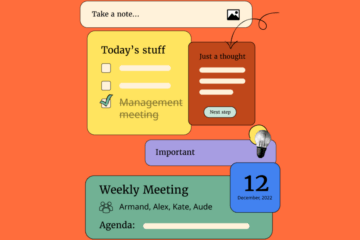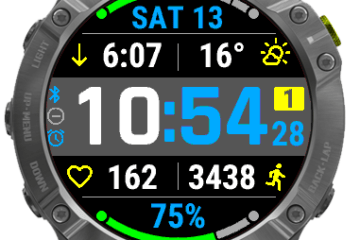
App Annie also reports that 80% of time spent in apps were spent outside of the country’s top app, and social networking, communication and social category apps are only second to the pre-installed utility and tools category apps in terms of app usage.

On average, 10 apps are used a day in Asia Pacific, with only 25% to 50% of the apps downloaded regularly used each month. In China, despite WeChat’s dominance, Chinese users use an average of 11 apps per day. Singaporeans use an average of 40 apps per month, with about 99 apps downloaded on their phones, coming up to 12 apps per day, edging out the global average of 10 apps per day. Australians use slightly fewer apps, averaging 36 apps per month, with about 98 apps downloaded on their phones.

Indonesians spent 221 minutes per day on mobile apps, surging past the global average of 192 minutes. As for operating system differences, Android users have 30% more games than iOS users, but iOS still leads in gaming revenue with higher average revenue per user.
On the gaming front, South Korea and Japan still lead in time spent for gaming, totalling 25% of their time or over 60 minutes per day. The majority of the Android app store revenue comes from games (about 75%), while the average time spent per month on gaming apps in Q1 has risen 21% between 2015 and 2016, and a further 15% in 2016 and 2017.

These findings are showing that there is no “one size fits all” solution for publishers due to the huge variability across categories in user behaviour, according to App Annie. Brands need to align their engagement strategy with their target users while defining key performance indicators based on the app’s specific use.
Consumers are now managing their lives through apps, which are increasingly becoming a must-have for companies across industries, claims App Annie. With the popularity of social network and communication apps, it underscores the importance of marketing efforts for all types of apps, the intelligence company concluded.
This article is about:
[“Source-thedrum”]




